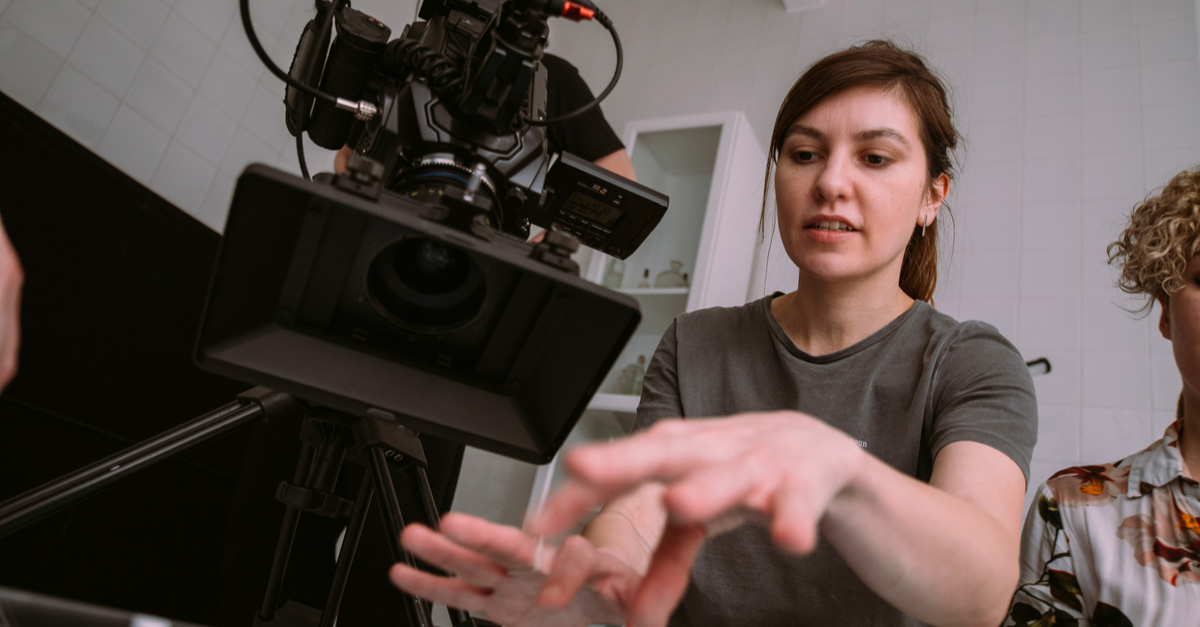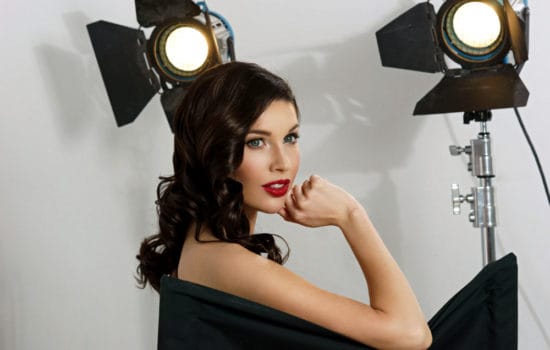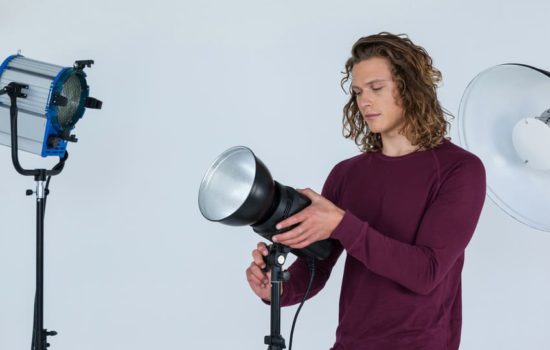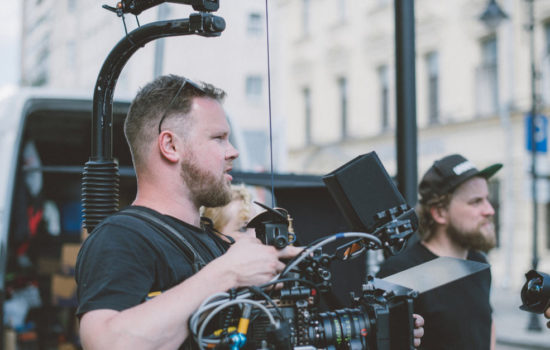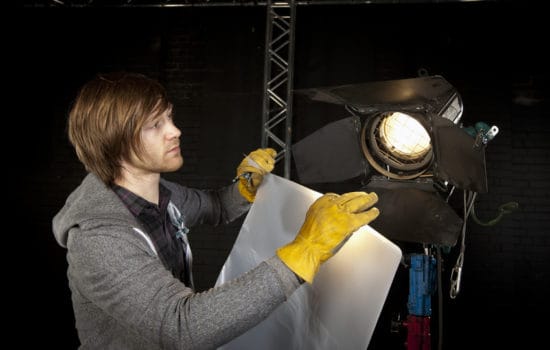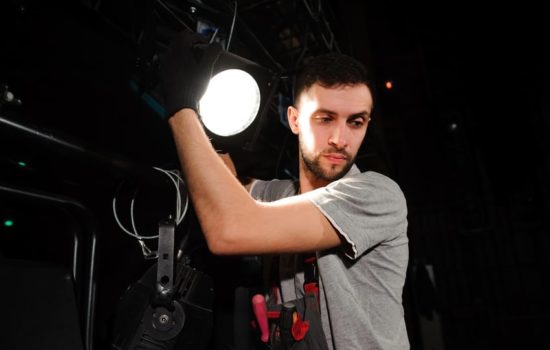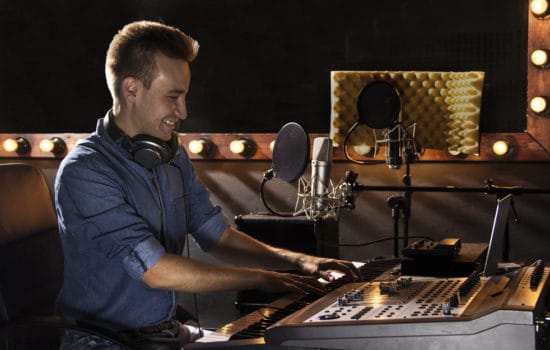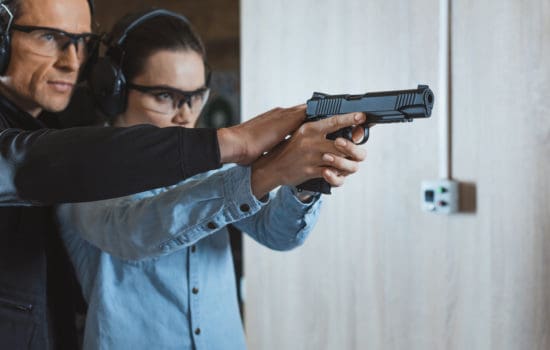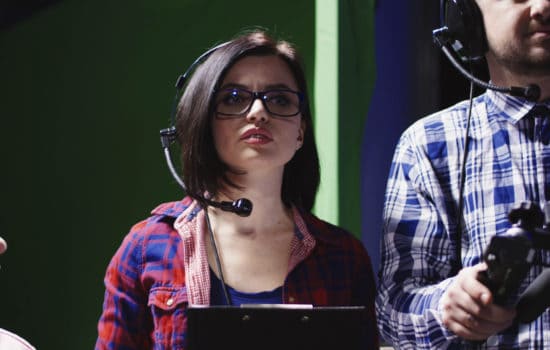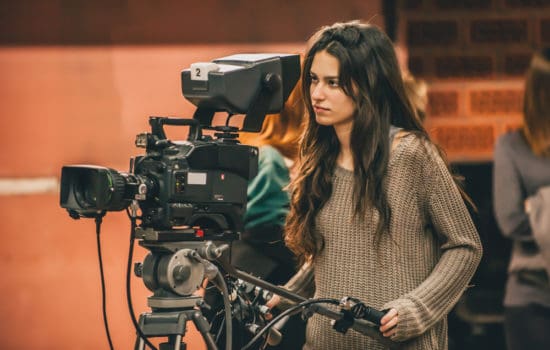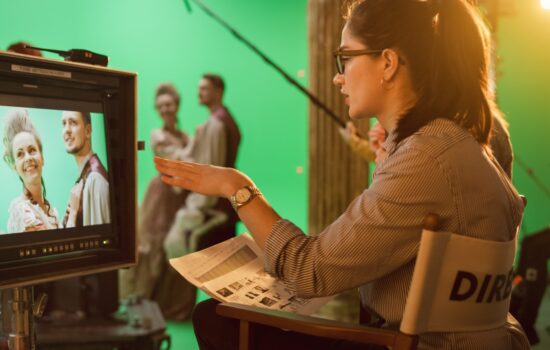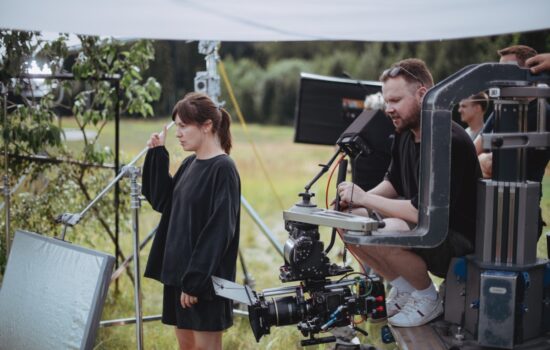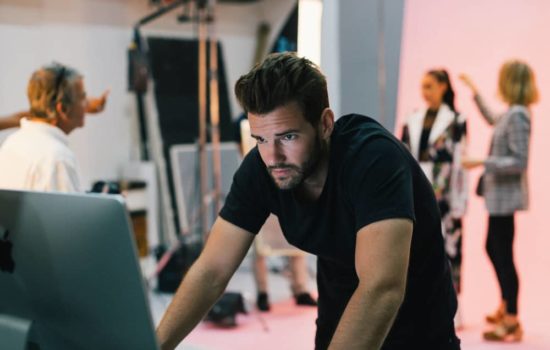What does production mean in film?
Production is the stage of the filmmaking process where the story described in a script is actualized with the filming of each scene depicted in it.
It’s the part of making movies that involves the use of Actors on location or on set. These individuals perform the action and speak the dialogue dictated in the script, which is captured on film for later assemblage in post-production.
What is the difference between film production and principal photography?
In a word, nothing. Film production and principal photography are essentially interchangeable terms so long as the person using them understands the distinction between film production and the other stages of filmmaking, such as pre-production and post-production.
Film production is sometimes used as a catch-all phrase for the entire process of making a movie. However, using the term in this way can cause confusion for others who understand it correctly as principal photography.
As long as you use the term film production to denote the creative execution phase of making a movie, you can use it or principal photography when talking about it with others.
How much does it cost to make a movie?
Oh boy, big question.
To be honest, it is possible to make a film for free. If a filmmaker calls in favors so that cast and crew work pro bono with food and other requisite items donated for the shoot, the cost might be negligible. But… This scenario is really only feasible for small projects like a student film or an ultra low-budget short.
The films backed by a production company or studio with an established cast and crew that get distributed via theaters or streaming or both often come with a hefty price tag. The unfortunate truth is that making movies is expensive… like millions of dollars expensive.
All those superhero movies of the last two decades tend to lead the pack in cost largely because of the A-list Actors, huge sets, and extensive visual effects that are typically part of them. One of the more recent, Spider-Man: Far From Home, came in at a modest $160 million. However, Avengers: Endgame more than doubled that figure with $356 million1.
While those figures represent the very upper echelon of filmmaking budgets, in most cases film production is the most expensive part of making a movie regardless of overall budget.
How long does film production last?
Much like the question of what it costs to make a movie, the duration of film production can vary wildly from one project to the next. A small student film? Maybe just a single day. A full-scale, studio-backed blockbuster? Perhaps several months.
That being said, even the huge films will likely have executives behind the scenes trying to cut down the film production time to the absolute minimum, as each day of production can mean potentially thousands if not millions of dollars spent.
What should you study for film production?
It’s probably pretty clear that film production involves the expertise of many, many professionals, each with a distinct role on set.
The good news: If you’re curious about a career in film production, there’s likely a facet of it that would suit your particular interests and skillsets.
More good news: Many film schools have become specialized with programs created for several concentrations, from directing to cinematography to production design and more.
As with nearly any part of the filmmaking industry, going to school to learn one of these specialties is not a must. However, it can make it a bit easier to gain the skillsets that can get you hired once out of school. Plus, formal study can put you in touch with both peers and established industry professionals who can help to propel your future career.
If you decide to forego college or university for film, you should look for Production Assistant positions or internships that can help you gain the skills and knowledge you need for your preferred specialty. Either way, don’t forget to always be networking! The saying of “it’s who you know” is absolutely true when it comes to the film industry.
